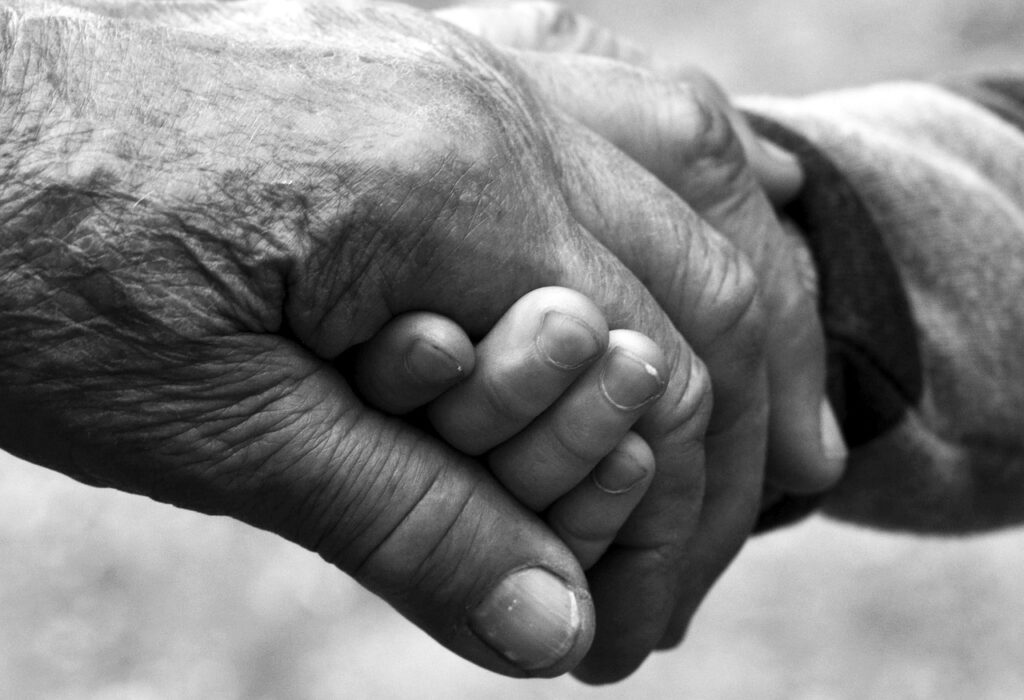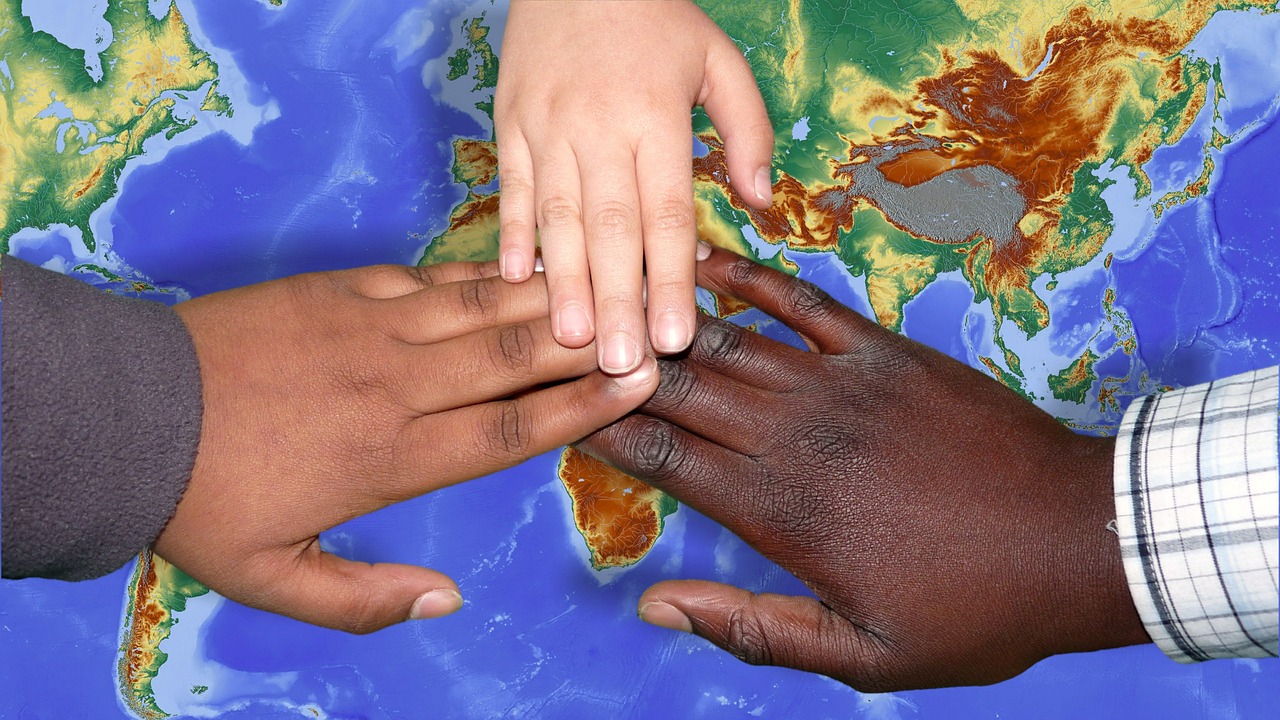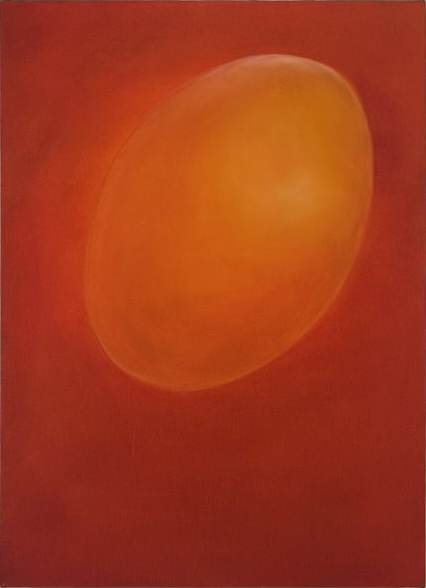Kol Isha, Shira Isha – We are the Daughters —
For the celebration International Women’s Day
Thousands of years ago there were the mothers. Sarah, Rivka, Rachel and Leah. Wandering the desert. Discovering wells of living waters. Giving birth to our people. Nurturing and caring for their children and their children’s children. We read about them in our Torah but what do we really know about them? We know they were wives and mothers. We read about their existence as seen through the eyes of men and told by the voices of men – fathers, brothers, husbands, sons. We read about how they related to men and their place in the social order vis-a-vis men. But what about their inner selves? What about their relationships to other women, to their daughters.
These women gave birth to and mothered sons. Yet here we are – thousands of years later – we are the daughters. Their DNA travelled down the centuries and found its way into our chromosomes. And here we are – the daughters. We need to discover, unearth, and tell the stories of all the daughters that came between us and them.. How did they live? What gifts did they pass down the generations that eventually reached us? How did our DNA go from the desert to distant lands, to North America, to Europe, to frigid arctic lands – the centuries long journey of the chromosomes? And what are the gifts that came down the centuries to us – the gifts we will pass on as our legacies?
I don’t know much about my grandmothers through the ages. I know my mother’s line was gifted with the gift of music, of song, and dance. And so I can relate to Miriam dancing with her timbrel, dancing through the opening in the sea, dancing to freedom in a new land. Her dance is in my chromosomes. Before Miriam there was Sarah. Sarah tried to imagine her progeny being as numerous as the stars, and she took a leap of faith. She went forward, her strength and courage guiding her. Miriam felt this strength and courage in her dance of freedom. That courage lives in our blood.
I never understood why I was somehow driven by some force within to pursue a healing profession. And then I learned I was descended from a Nightingale from the same part of the world as the Nightingale that has become the symbol of healing. Sarah’s journey did not stop in the desert. Somehow her DNA got to the northern hemisphere and to my great grand-mother Ellen Nightingale and to her daughter Alice and to me. And somewhere inside me I have the strength and courage she had. The journey continues.
Each of us has a gift from the mothers. I see these mothers travelling through the ages, travelling through the continents, travelling through the chromosomes, through the blood. And I think of the ways I am like them, of their gifts that are part of me.As I look up at the stars above, I look with awe, like Sarah. I have to find the mothers between her and me, the connections that brought me to where I am. Through the ages, our stories have been told through the eyes of men by the voices of men. The time has come for us to hear our own stories, and to tell our own stories, through our own eyes, in our own voices — Kol Isha – the voice of women. This is our song – Shira Isha.













